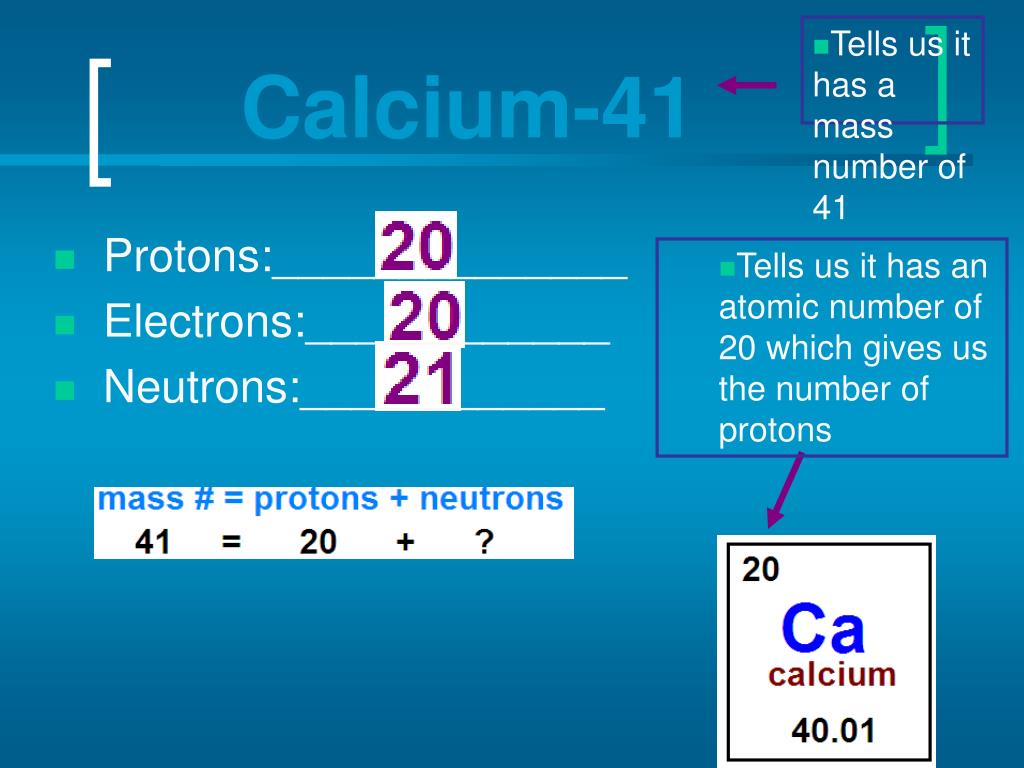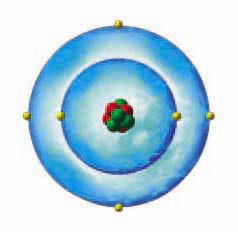

The term “isotope”, though, is rather proton-centric.

(Physicists denote the number of neutrons with N, and the number of protons with Z-don’t ask me why.) This is called a Segrè chart (after the physicist Emilio Segrè): The Colourful Nuclide Chart

Each row thus represents an element, and each cell in the grid represents an isotope of that element. Make a grid of squares with the number of protons on the vertical axis, and the number of neutrons on the horizontal axis. Twentieth-century physics finally discovered how it can happen: radioactive decay! For centuries, alchemists sought the secret of transmuting one element into another. This is another form of beta decay (designated β+, to distinguish it from the former type, which is β–). Carbon-11 (6 protons, 5 neutrons) will do this, turning into boron-11 (5 protons, 6 neutrons). If the neutron:proton ratio is too low, the opposite happens: an electron is captured (or a positron is ejected), turning a proton into a neutron. (A electron antineutrino is emitted too, but neutrinos have almost no mass and almost never interact with anything, so they mostly just go flying off with no effect. This is called beta decay, and in this context, the electron is called a beta particle. For instance, carbon-14 (six protons, eight neutrons) ejects an electron, turning into an atom with seven protons and seven neutrons-that is, nitrogen-14. Most isotopes where the neutron:proton ratio is too high decay by ejecting an electron from the nucleus, turning one of the neutrons into a proton. What does it mean for an isotope to be unstable? It means that atoms of that isotope will randomly kick a subatomic particle out of the nucleus. Iodine only has one stable isotope, and it’s the one with 74 neutrons (iodine-127). What that really means is that carbon only has a few stable isotopes, and the most common one has six neutrons (carbon-12). I’ve been saying things like “carbon typically has six neutrons” or “iodine has 74”. Here’s another piece of the puzzle: not all isotopes are stable. By the time we get to uranium-238, we’re looking at 92 protons and 146 neutrons, for a neutron:proton ratio of over 3:2. Iron, element 26, usually has 30 neutrons. After calcium you will find that every element has more neutrons than protons. This lasts up to calcium (nicely balanced, with its most abundant isotope, calcium-40, having 20 of each).īut there it ends. The other light elements usually have the same balance, such as carbon-12, or perhaps one more neutron than protons, such as sodium-23, with 11 protons and 12 neutrons. The next element, helium, comes in balance: typically it has two protons and two neutrons. The lightest element, hydrogen, usually has zero neutrons-its nucleus is just a lone proton. But reality is far more complicated than that.Īs you walk the periodic table, you will find that heavier elements have a higher ratio of neutrons to protons. It would be oh, so simple if every element had an equal number of protons and neutrons. A typical carbon atom has six protons and six neutrons, for a mass number of twelve it is referred to as carbon-12 or C-12 (or sometimes 12C). They are distinguished by their “mass number”, which is the total number of protons and neutrons (together known as nucleons). But how many neutrons are in the nucleus? Does it even matter?Ītoms of the same element with different numbers of neutrons are called isotopes.

The number of electrons generally matches the number of protons, to make the atom electrically neutral. If you remember a little bit more from high school chemistry, you’ll recall that the number of protons determines which element it is: an atom with six protons is an atom of carbon seven makes it nitrogen eight, oxygen. You probably recall from high school chemistry that atoms are made up of a nucleus containing protons and neutrons, surrounded by electrons. I walk the (beta-stability) line How counting neutrons explains nuclear waste


 0 kommentar(er)
0 kommentar(er)
